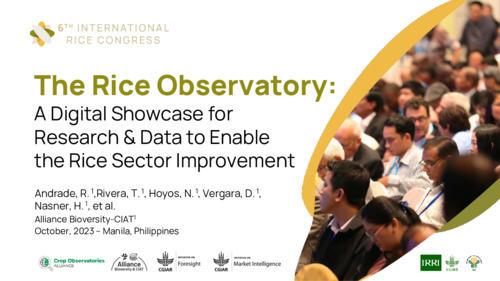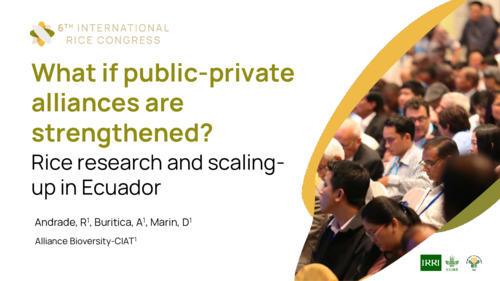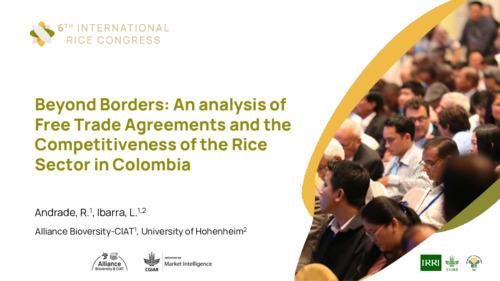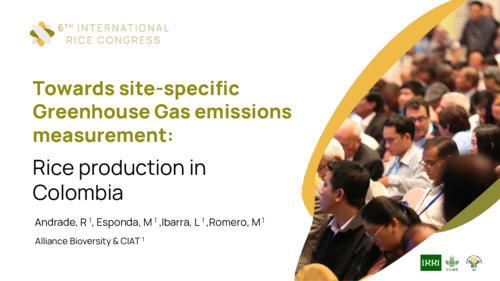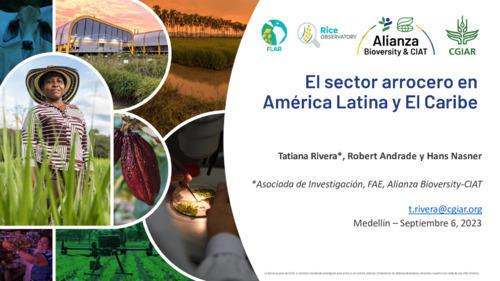Blog Cultivating Connections: FAE Team's Presence in Global and Regional Rice Events

Researchers from FAE present studies at the international rice congress in Manila and the LIV Meeting of the Administrative Committee of FLAR, addressing challenges and opportunities in global rice production, fostering collaboration for sustainable solutions.
Rice remains one of the most important food crops worldwide, contributing to the zero-hunger sustainable development goal and food security. However, the rice sector faces diverse biophysical, market, and institutional challenges that hinder its capacity to satisfy a growing demand.
In this context, it is essential to strengthen networks and join efforts between researchers from different institutions and diverse stakeholders to improve our understanding of current and future challenges and identify pathways to overcoming them with better-targeted research. In October, the International Rice Congress in Manila, Philippines, was the right opportunity for this interaction. Alliance researchers Robert Andrade and Athanasios Petsakos presented some of the studies of the Foresight and Applied Economic (FAE) team covering relevant matters for the rice sector, including greenhouse gas emissions, trade agreements, and competitiveness, the role of private-public alliances, data analysis, and research investment.
"For decades, rice research in Latin America has contributed to providing solutions to the region, but it also has the potential to spill over to other regions. These events are the perfect environment to strengthen our collaborative research network and extend our contributions beyond," said Robert Andrade, Scientist leading rice research in the FAE team. Presenting at these events not only shares findings but also provides a unique opportunity for direct feedback from fellow researchers, fostering collaborative connections and constant knowledge evolution. The significance lies in disseminating discoveries and the dynamic dialogue they trigger, contributing to continuous progress in the field.
Investment scenarios for rice R&D in LAC
This study assesses the levels of investment required to sustain yield growth in rice production in LAC. It aims to address key research questions: How should we allocate assets in the future for rice R&D to ensure sustainable yield and production growth? What if we opt for accelerated growth in average profits to reach a 10t/ha target by 2050? Would this extra investment be beneficial, and for whom? Preliminary results suggest that aggregate investments in LAC must increase to 260 or 275 million USD annually by 2050, depending on the yield growth target scenario, highlighting how these production increments can transform LAC into a net rice exporter.
"We need comprehensive assessments of what investments are needed for rice research to meet yield and production targets set by stakeholders and policymakers. This knowledge is crucial for informing the strategic prioritization of resource allocation. More importantly, such assessments will reveal the interaction of research investments with other drivers contributing to the transformation of the rice sector, like climate and socioeconomic changes, and how this combined impact is expected to affect the role of rice in local and regional agricultural economies." Said Athanasios Petsakos, Scientist I of the Alliance.
What if public-private alliances are strengthened?
In this research, the impact of the Ecuador government's kit program on adopting improved varieties is assessed using difference and difference methodology with propensity score matching. The results indicate that the program positively affects adopting improved varieties, although it mainly focuses on large rice producers. On the other hand, the impact on yields is not statistically significant.
"Rice plays a vital role in Latin America, especially in Ecuador, where it is essential to the diet with a per capita consumption of 43.2 kg. This research by the Alliance Bioversity and CIAT emphasizes the importance of providing inputs and offering technical assistance to maximize the efficiency of agricultural practices. This comprehensive approach could enhance the sustainability and benefits of government programs in rice production in Ecuador," said Alex Buritica, senior research associate of the Alliance.
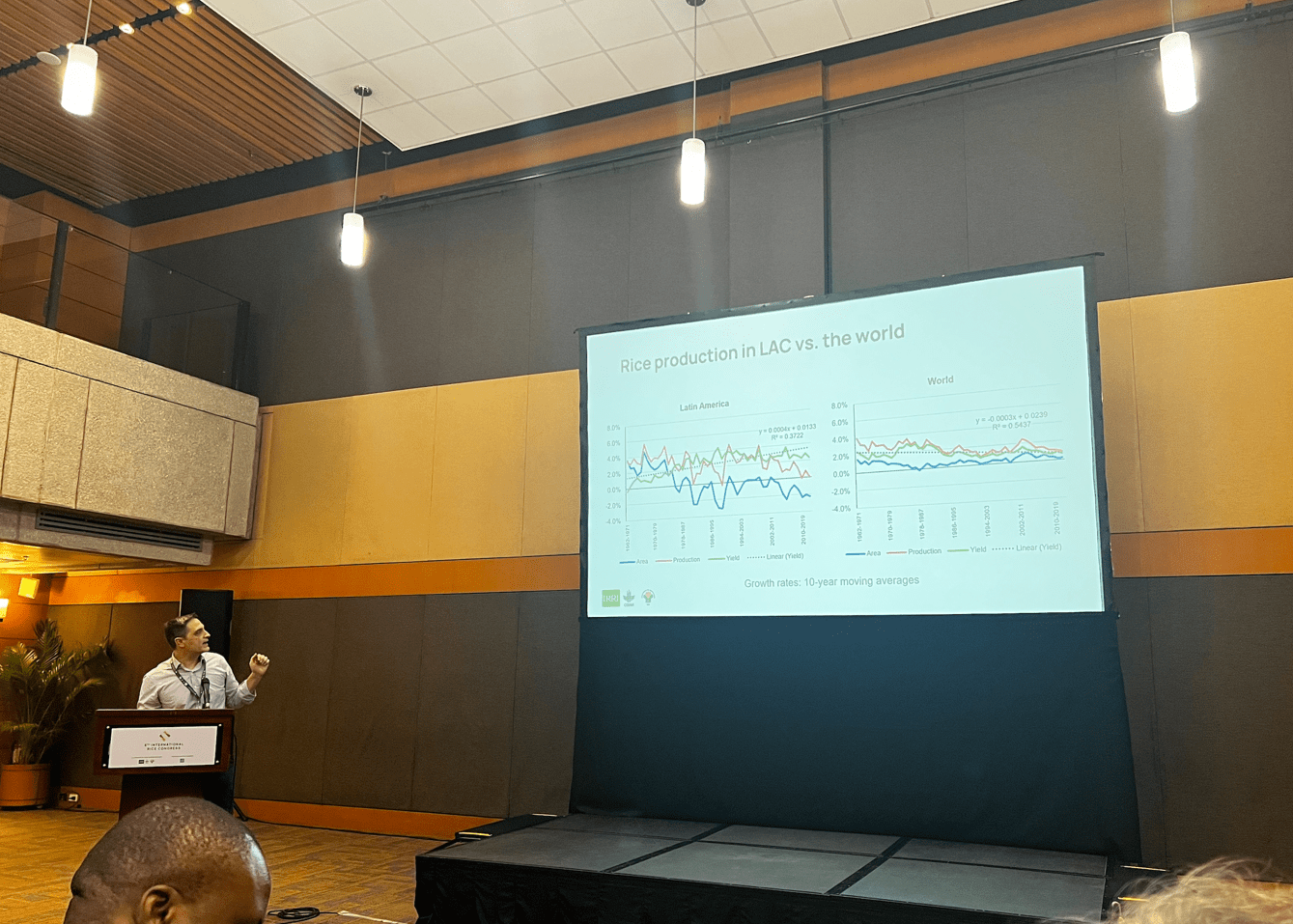
At the regional level, the LIV Meeting of the Administrative Committee of FLAR - Latin American Fund for Irrigated Rice, which gathered participants from Argentina, Bolivia, Colombia, Costa Rica, Ecuador, Nicaragua, Panama, Peru, Dominican Republic, Uruguay, Venezuela, and CIAT was another opportunity to strengthen networks. During this meeting, we explored options with partners to enhance the Rice Observatory. We initiated the third round of the Survey of Monitoring and Follow-up to the Latin American Rice Sector (EMSAL by its acronym in Spanish). This initiative aims to gather relevant information about the LAC rice sector, enhancing our understanding and facilitating informed decision-making. Additionally, we presented a contextualization of the rice sector, serving as input for participants to delve into diverse analyses, discuss innovative strategies, and lay the groundwork for FLAR's forthcoming strategic plan. This session not only gave attendees an understanding of the rice sector but also fostered collaborative discussions.

Scientists

Tatiana Rivera
Research Associate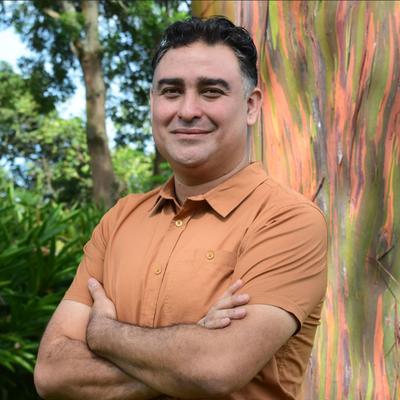
Robert Andrade
Scientist
Athanasios Petsakos
Scientist
Alexander Buritica
Senior Research AssociatePublications
